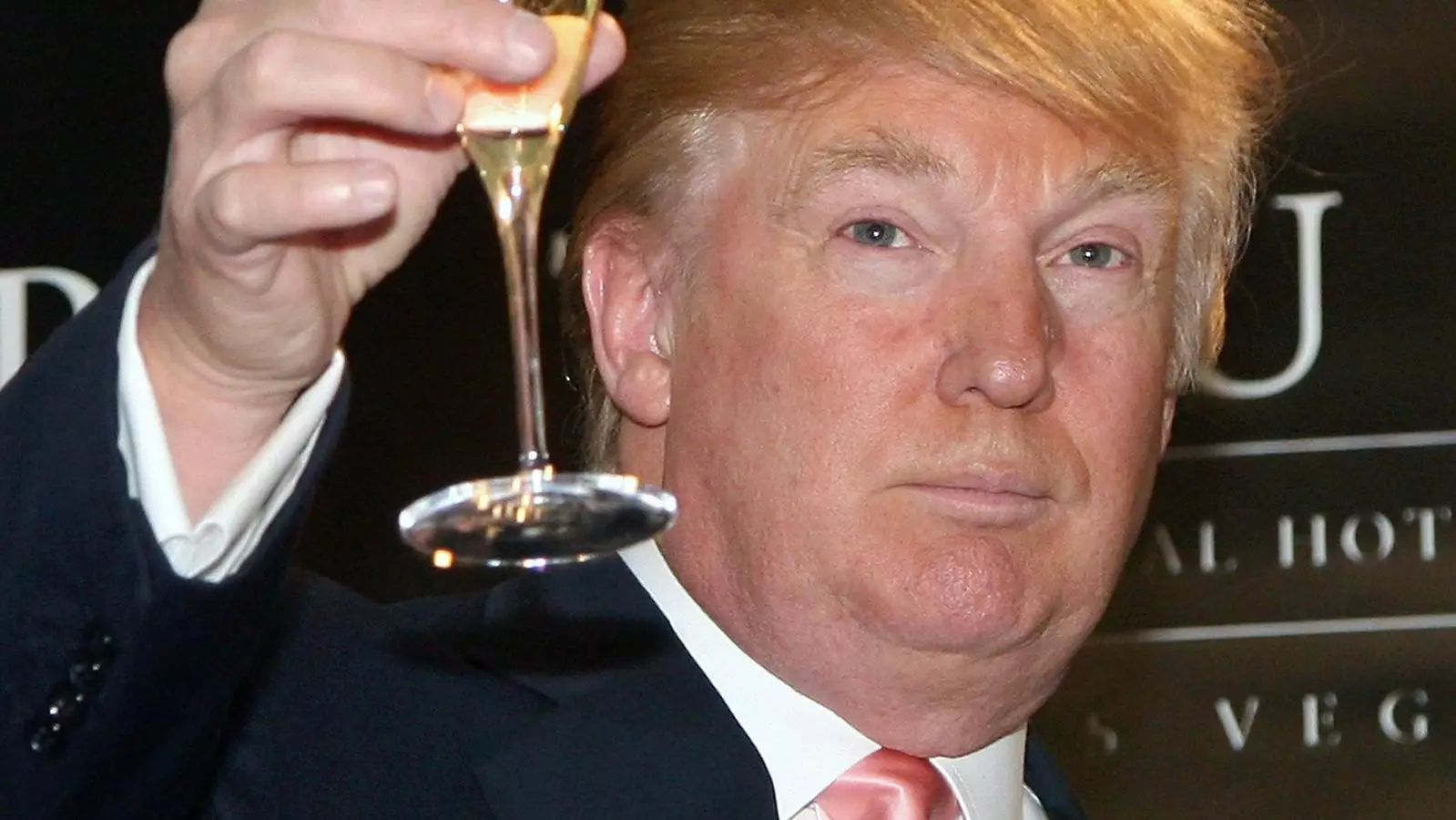The recent proposal for a staggering 200% tariff on imported wines from Europe, heralded as a necessary step for the American wine industry, is, in fact, more harmful than beneficial. Many consumers may find themselves either captivated by a prestigious bottle of Puligny-Montrachet or settling for a modest Côtes du Rhône, but after this tax is enacted, those choices could vanish along with their reasonable price tags. This policy, pitched as a patriotic maneuver to bolster local winemakers, inherently misunderstands the complexity and interconnectedness of the wine industry. Singularly focusing on domestic production while restricting imports fails to recognize that the market operates in a diverse ecosystem, one that thrives on both American and European offerings.
Misguided Economics
At first glance, one could argue that raising tariffs on European wines would make American bottles more attractive by decreasing competition. However, this is an overly simplistic view that doesn’t account for the realities of the wine distribution network in the U.S. Importers and distributors curate their selections based on a range of bottles that include both domestic and international offerings. For example, a mid-sized distributor in Illinois might balance their portfolio with a mix of French Beaujolais and California Pinots. Spiking tariffs would jeopardize these carefully constructed networks, as unforeseen increases in costs could lead to a collapse of these businesses. Without the stability that a diverse catalogue provides, many distributors could find themselves on shaky ground, threatening the availability of American wines to consumers.
Furthermore, this isolationist stance assumes that American consumers will pivot to local wines as European options become prohibitively expensive. The reality, however, is often the opposite. Wine enthusiasts are less likely to abandon their beloved reds from Bordeaux for a bottle from Napa merely due to price fluctuations. Instead, consumers might revert to more economical choices, such as canned cocktails or lower-quality beers, ultimately diminishing overall wine consumption—not just of European varietals but of American wines as well.
A Fragile Ecosystem
The American wine industry is already navigating choppy waters. Recent trends indicate a shift in younger consumers opting for spirits or other beverages, leading to a decline in domestic demand. The combination of oversupply and environmental challenges, such as significant wildfires in recent years, puts American vintners at risk. Imposing tariffs risks compounding these pressures, further destabilizing an already vulnerable sector and making it more challenging for local producers to compete.
Many may remember the tariffs imposed in 2019, which resulted in a 25% tax on select imported wines. This prior episode showed us that rather than spurring growth in the American wine sector, it led to job losses and diminished offerings. Instead of creating a flourishing domestic market, we witnessed the unraveling of key import networks—an aspect Trump’s administration seemingly discounted in their present proposal.
The Global Impact of Local Policies
What many policymakers overlook is that retaliatory measures often follow harmful tariffs. If the U.S. acts unilaterally to impose exorbitant duties on European wines, retaliatory tariffs could target American products, including bourbon and even our own wines. Such a tit-for-tat approach fails to foster a conducive environment for any international trade. It scrambles the interdependence that sustains our economy, particularly in the wine sector, where synergy rather than isolation leads to mutual benefits.
Moreover, enacting these tariffs could do irreversible harm to the foundation of everyday wine-drinking culture in America. Budget-friendly wines—those reliable choices like Picpoul de Pinet or Prosecco—could disappear or skyrocket in price. Should this occur, American consumers stand to lose out on transparent options while the market evolves away from traditional wine consumption.
Investing in the Future
Instead of seeking defensive policies that punish foreign products, what the American wine industry truly needs is investment in its own capabilities. Improving infrastructure for distribution, advancing sustainability practices in viticulture, and fostering accessibility and exploration among younger consumers should be the fabric of any forward-thinking strategy. Policies that encourage rather than penalize exploration should take precedence, allowing American wine to stand shoulder to shoulder with the finest offerings from abroad.
The goal is not to push European wines off the shelves but to ensure that American wines can compete and delight consumers through merit and innovation. Investment in excellence will allow the industry to flourish rather than diminish in a protective, yet ultimately misguided, bubble.


Napsat komentář